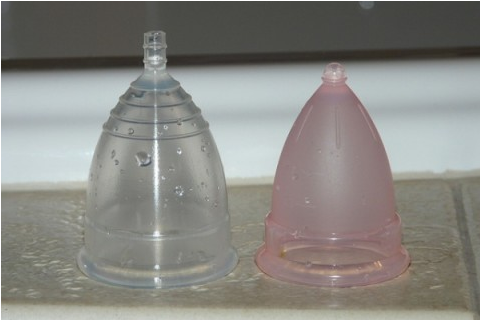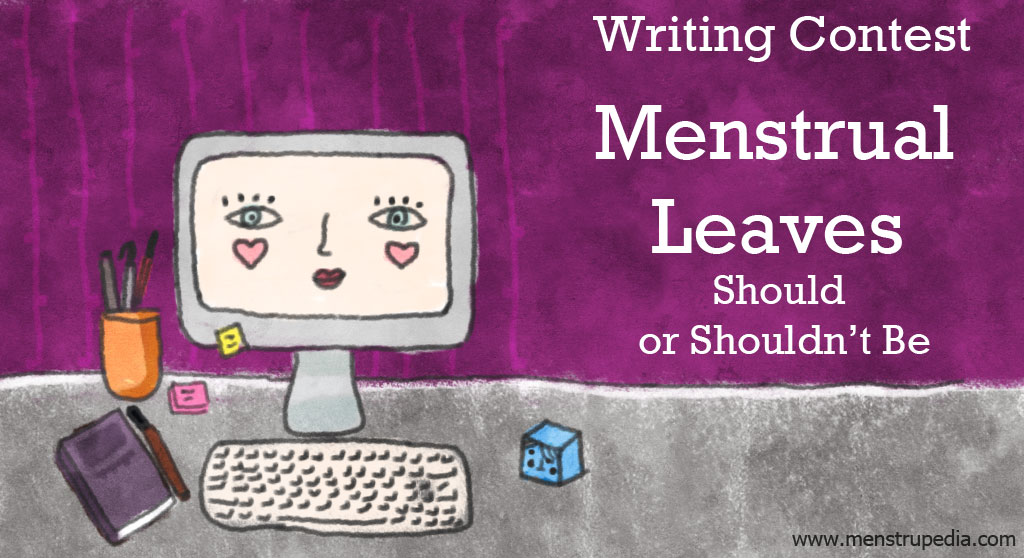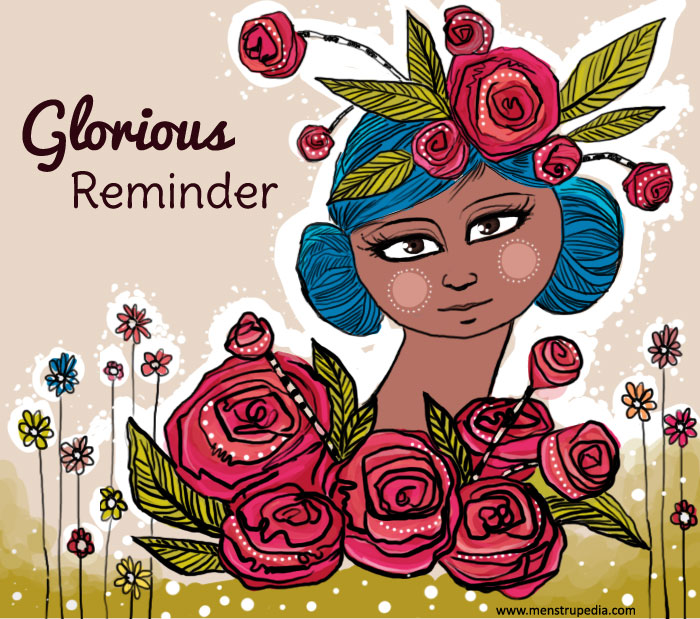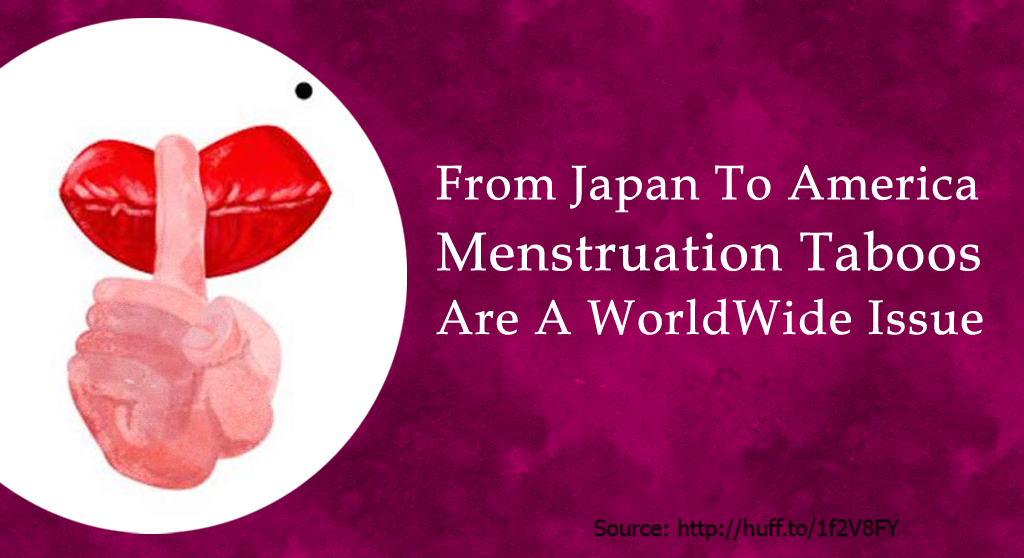We don’t have statistics from India, but one can safely assume that the phenomenon is similar everywhere. An average North American uses 16,800 disposable pads/tampons during a lifetime. Every year, in Britain alone, a staggering 1b sanitary towels get disposed off and end up in landfills.
I have a habit of lecturing kirana store folks on the perils of plastic, whenever they offer me a (disposable) plastic bag, which I turn down. But, yesterday, to my pleasant surprise, a store owner near my house proudly pointed me to a hoarding mentioning their newly instated policy of charging for plastic bags. In fact, from what I have observed and read, this is a trend that has been sweeping the whole country, albeit slowly. In terms of individual environmental responsibility too, I have seen strides made in the right direction, in my circles at any rate. I have friends who now cycle to work, buy local, curb meat, and most commonly, reduce the use of disposables.
However, this post revolves around one disposable item that most of us think is impossible to avoid – disposable sanitary pads, the very discussion of which makes many of us squeamish. For a few years it was sort of unfathomable to even conceive of doing away with pads, but I kept my search going for eco-friendly alternatives anyway.[inlinetweet prefix=”” tweeter=”” suffix=””] About two years ago, I finally found my answer – in a cup![/inlinetweet] Before I talk about the alternative, I think it is germane to discuss the perils of disposable sanitary pads.
Assuming that a woman needs a minimum of 12-14 disposable pads per cycle,[inlinetweet prefix=”” tweeter=”” suffix=””] an average urban middle class Indian woman generates at least 5000 disposable sanitary pads as waste in her lifetime, [/inlinetweet]average figures are probably twice this. Most of these disposable pads end up littering roadsides or getting burnt in huge trash heaps, releasing toxins. Some of them are eaten by street dogs or cows who choke on the plastic linings used. The health concerns reported are also many including adverse allergic reactions and rashes. In my mind, menstrual cups are an eco-friendly and healthy alternative worth exploring.
During a visit to Araria, Bihar, Kamayani Keki, a volunteer member of the Association for India’s development (AID) introduced me to the concept of menstrual cups. Soon after getting back to Delhi, I had a friend from US bring me one ‘Diva cup‘. After a few initial hiccups with the new system, I learnt to use it adequately. Soon I discovered a whole bunch of bonus benefits, besides it comforting my green conscience and my overall need to lead a more sustainable life. After I accidentally lost the Diva cup, in six months, I found a better and far cheaper Indian brand of menstrual cups called the SheCup. I have been using it now for two years, and in these two years, I have not had to use disposable sanitary pads even once.
So what exactly is a menstrual cup?

It is a type of cup, generally made of high-quality silicon, worn inside the vagina during menstruation to collect menstrual fluid. Unlike tampons and pads, the cup collects menstrual fluid rather than absorbing it.
Though they may be uncomfortable and need some getting used to, they serve well after you learn to use them properly. Benefits far outweigh the initial hiccups in using them.
Eco-friendly: An average menstrual cup lasts for about 1.5-2 years, saving huge amount of disposable pads from ending up in the landfill. Cost-effective: An average middle-class Indian woman spends approximately Rs. 1400 for disposable pads. In comparison to this, SheCup – an Indian brand of menstrual cup costs only around Rs. 700 and lasts for 1.5 years Odorless: As the menstrual flow is restricted inside the cup, it does not come in contact with the air, hence generates no odor.
Long term protection: It can be worn up to 12 hours, which is twice as long as you would normally wear a pad or tampon.
Leak-free: This is a surprise benefit. You can even wear these at swimming pools and beaches and waterfalls. They wonderfully work for women with hectic lifestyle and other purposes such as sports and yoga.
Safe: They are devoid of any harmful substances such as chlorine (used for bleaching some tampons and pads) or fragrances and unlike tampons; they have no association of toxic shock syndrome (TSS). It also doesn’t cause any allergic reaction or rashes.
[inlinetweet prefix=”” tweeter=”” suffix=””]“Aw, I can’t touch that dirty blood!”[/inlinetweet] – is a common response that I get from a lot of female friends. I have no straight answer to this question. How can the blood that nurtures and protects the developing life (foetus or an egg) be dirty? Menstrual blood is actually just blood and tissue that is left unused and taken out of your body. There is nothing dirty about it whatsoever.
Using menstrual cups is simple.
Most women get accustomed to using menstrual cups within one or two cycles. I found Wiki-how sections on menstrual cups the most useful.
Washable cloth pads are another alternative.
Eco Femme is an initiative of Auroville Village Action Group (AVAG), making washable cloth pads, “high-tech” versions – as they call it – of the traditional ones. Cloth pads are shaped for women’s bodies, stitched using soft yet durable cloth, and held in place by snap buttons. The pads are made of 100% cotton, and made to last for 5 years. Goonj, an NGO based in Delhi, also makes similar cloth pads by reusing old clothes collected from donors.
Sanitary pads may seem like an extreme place to start if you want to move towards leading a sustainable life, but the barrier is more in the thought than anything else – be it logistics, convenience, accessibility, hygiene or health. The initial squeamishness is a small price to pay, considering the environmental damage pads cause.
[inlinetweet prefix=”” tweeter=”” suffix=””]I am not padded any more[/inlinetweet] and am none the worse for it. And the earth, probably just a bit better off from how I found it.
 Author: Sejal Parikh
Author: Sejal Parikh
An engineer by profession, who used to earn her bread by working with MNCs for about 6 years post-graduation until she found her interests venturing into environmental and social problems. She’s now a passionate vegan, freelance writer at the same time trying her best to be a green momma. She blogs at Sejswhirlpool
Originally published on “The Alternative“








